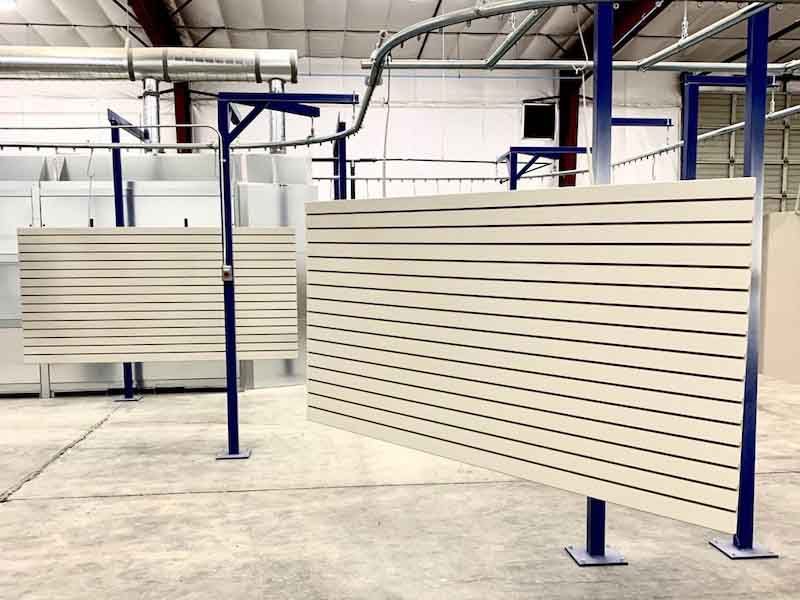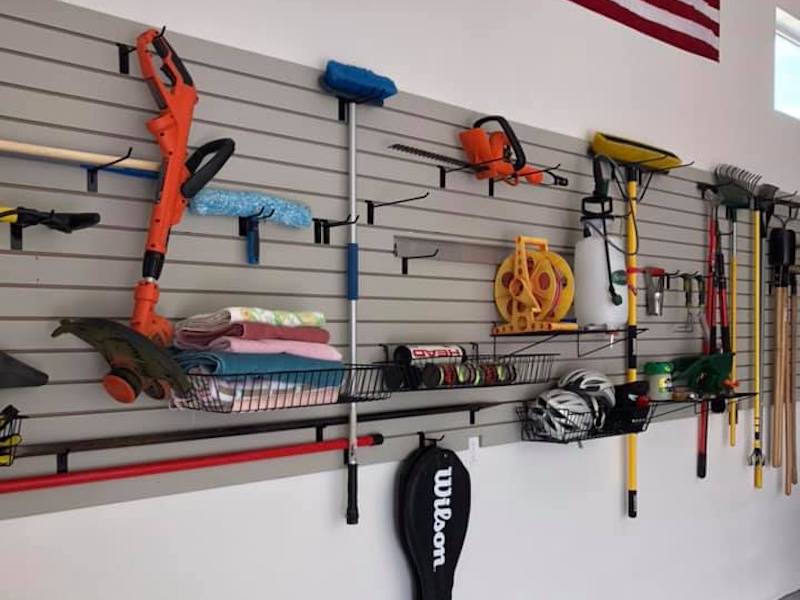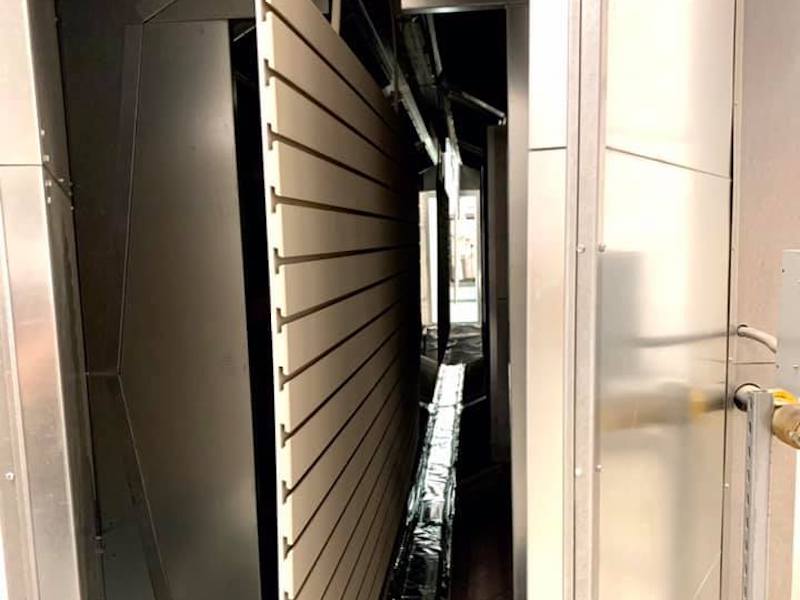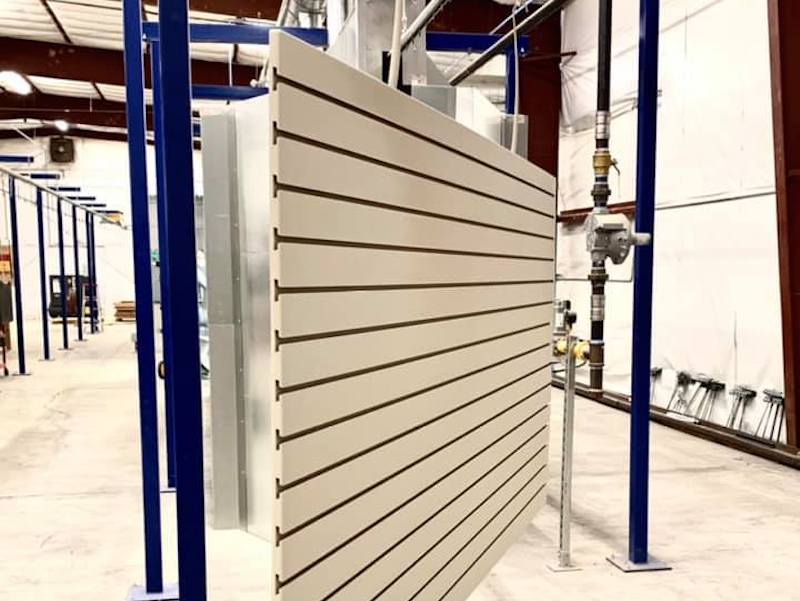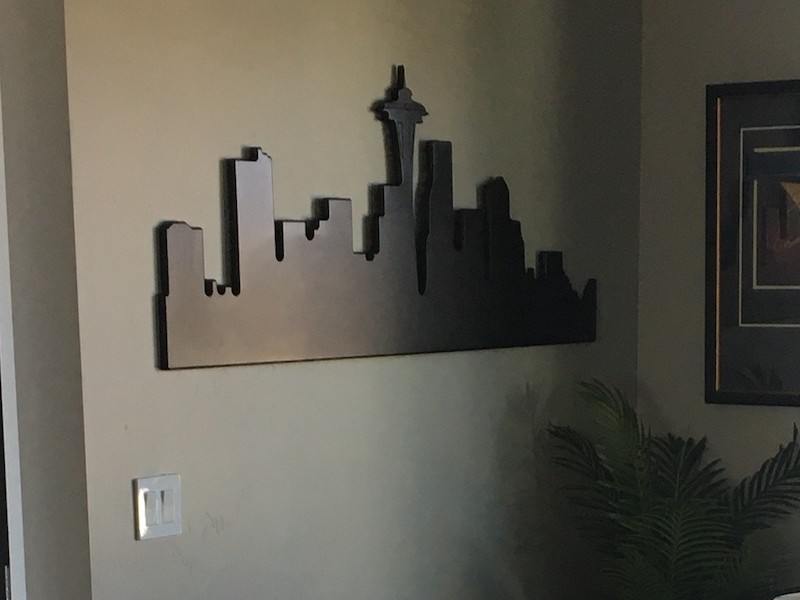Paul Unger didn’t just dip a toe into the often-tricky world of low-cure powder coating on wood.
 Paul UngerIt seems the owner of Unger Powder Coating dove into it from a diving board while yelling ‘cannonball’ to everyone else in the finishing industry.
Paul UngerIt seems the owner of Unger Powder Coating dove into it from a diving board while yelling ‘cannonball’ to everyone else in the finishing industry.
“The building industry here is just going crazy for this,” Unger says of the area near his facility in Caldwell, Idaho. “Nobody else around here was doing full cabinets, so we just dove in.”
Unger Powder Coating applies the premium coatings on wood products in an 8,000 square foot facility that also houses the machinery to both cut and coat wood products. An infra-red powder coating system then provides a unique and cost-effective coating that can enhance the life and value of wood products.
Shifting Careers and Embracing New Technology
Unger was director of customer engagement operations at Blue Cross Idaho when he left in late 2020 to full-time manage the powder coating operation, which he had just purchased from a previous owner in July of that year.
His brother is a master woodworker in nearby Ontario, Oregon, and he got the idea to invest in a powder coating business from hearing his brother talk about the durable finishes that the coating had on some of his pieces.
Before my customer service role, I spent 20 years managing a technology businesses
“I come from a technology business, and I looked at powder coating as truly a remarkable technology,” Unger says. “I saw how popular that powder coating on metal had become, and I see coating on wood as a brand-new technology, so I jumped on it.”
Powder coating on wood or medium-density fiberboard (MDF) offers a more durable coating than a liquid application and enables thicker and specialty finishes. Parts are especially effective against water damage for furniture in wet areas like bathrooms or the kitchen.
In addition, it has less impact on the environment because it does not have volatile organic compounds that may require some regulations, and powder coating ensures high material utilization thanks to the recovery of the powder.
Trial-and-Error to Perfection
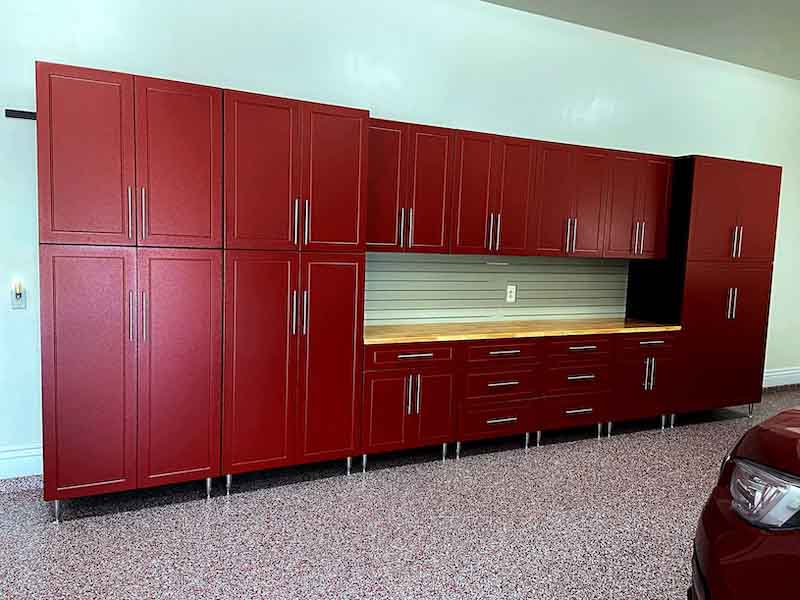 That’s not to see it was an easy task to get the powder coating on wood dialed in; in fact, Unger says they still have a “trial and error” phase with some of their projects, but they are coming to better understand the needs and distinctions of coating on an often-breathable substrate that wants to swell and shrink every so often.
That’s not to see it was an easy task to get the powder coating on wood dialed in; in fact, Unger says they still have a “trial and error” phase with some of their projects, but they are coming to better understand the needs and distinctions of coating on an often-breathable substrate that wants to swell and shrink every so often.
“The learning pattern is that each brand of MDF has a different density, and each batch has a different water content,” Unger says. “We also have learned that coating a ¾ inch board compared to a 1 inch, there is a difference, too.”
Depending on the MDF brand and the thickness of the boards, they adjust the settings on their IR oven to get it to pull enough moisture to the surface to ground the part so it can be coated at the 260°F-275°F, which is considered low-cure.
“But we don’t want to pull out too much moisture that it dries out the material,” he says. “If it dries out too much, it will never keep the powder. This has been both an art and a science, but we are making a lot of progress.”
Advances in Coating Technology
Unger Powder Coating has been helped tremendously by the advances in coating technology, especially in the powder coating material. The facility uses IFS Coatings’ PureClad powder coating, which was introduced in 2020, and Unger works very closely with Chris Reding, the company’s Global Director of Alternative Substrates, on applying the chemistry correctly.
In addition, the facility also uses PPG’s Envirocron HeatSense powder coatings for heat-sensitive wood and wood-composite substrates that were also introduced in 2020. Envirocron can cure as low as 250°F with a dwell time of 5-10 minutes.
Unger uses Wagner’s powder coating system, which he says provides a wrap-around, seamless finish that achieves an even color on every surface.
According to Wagner, wood surfaces can be coated if they contain a certain amount of residual humidity (>7%). For wood application, the humidity (10% to 12%) in the part is even used to create ground conductivity. The existing air humidity of the spray area improves the effect of the electrostatics additionally.
Solving the ‘Wrap Around’ Effect
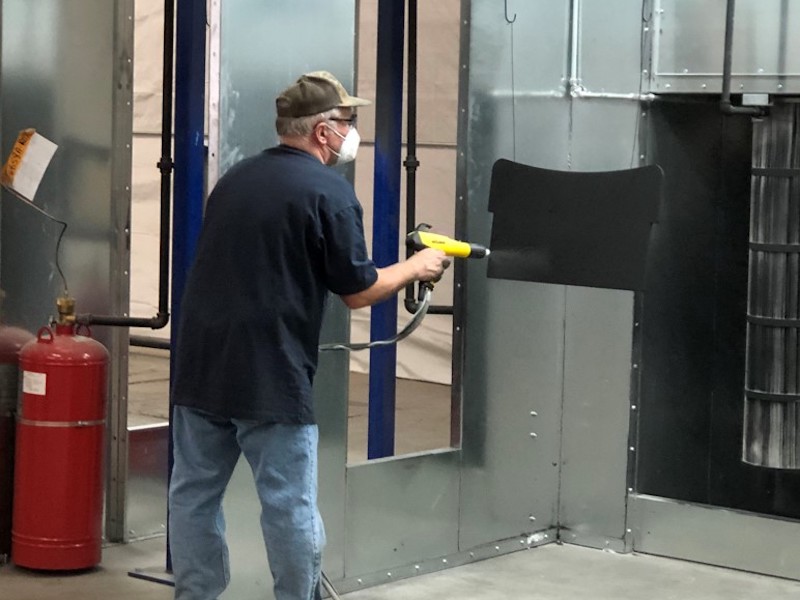 A problem for many applicators who have tried coating wood with powder is the “wrap around” effect that increases thicknesses on the backside of coated material. Wagner, though, introduced a “field wrap control” feature that provides a negative charge to manages the thickness application.
A problem for many applicators who have tried coating wood with powder is the “wrap around” effect that increases thicknesses on the backside of coated material. Wagner, though, introduced a “field wrap control” feature that provides a negative charge to manages the thickness application.
“We are able to put a pretty thick coat on,” Unger says. “It’s about 3 mils, which is a good thickness. When we hit that mark, the wrap doesn’t show at all.”
Wagner says coating MDF boards are much cheaper for manufacturers than using a liquid coating. The costs are reduced by around 25%, materials reduced by around 20%, and CO2 emissions are just by 3.8 kilograms per square meter compared to traditional liquid coatings. You also get seam-less, all-round coating with a uniform, scratch-proof surface that can be worked on immediately.
Unger says his area of Idaho in the Treasure Valley has a large building industry based there, and especially in the garage cabinets area.
“Having water-proof coatings is a big benefit for these components,” Unger says. “Being able to just wash things off with a hose is huge, and these parts are very scratch resistant. We can also put some very nice texturing on these cabinets that look very good in a garage.”
Not Limited to Wood and MDF
Even though Unger Powder Coating has registered the website, powdercoatedcabinets.com, that he is using to market his company, he is not limiting himself to wood and MDF. His facility is also powder coating metal doors with the same material designed for low-cure powder coatings and having tremendous success with it, too.
“If you put most metal doors in a standard powder coating operation, they will not withstand the heat,” Unger says. “The IR system really gives us the opportunity to do metal doors, too, on top of the MDF.”
But because IR ovens don’t always give a consistent heat, Unger says he and his team have done “100’s of trials and errors” to find the right setting for both the metal and MDF materials, even using heat tacks to detect where the heat is in different parts of the oven to adjust it accordingly.
“The oven formulas are based on the size of the part and how much will reflect,” Unger says. “We are not 100% single pass, but we are doing a lot of very good work on a single pass.”
Love the Way it Looks and Feels
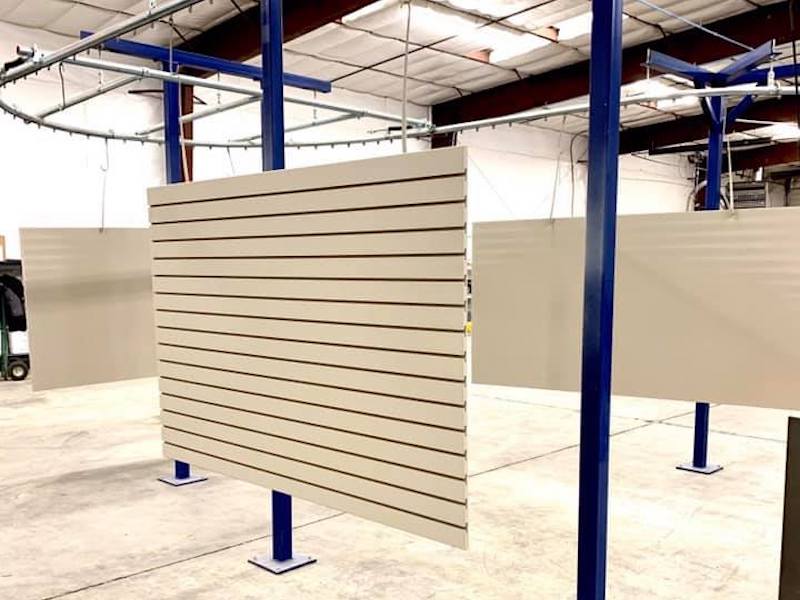 There are some other competitors who are powder coating kitchen and garage cabinets, but Unger says they are usually only coating the panels and not the entire cabinet system, which is what Unger Powder Coating does.
There are some other competitors who are powder coating kitchen and garage cabinets, but Unger says they are usually only coating the panels and not the entire cabinet system, which is what Unger Powder Coating does.
“When the customers get these cabinets and components in their hands, they just love the way it looks and feels,” he says. “When we are working with home builders, they tell us they get so many fingerprints on cabinets during installation that just won’t come off. Powder coating doesn’t have that problem. They love that.”
Unger says that the past year has been a tremendous learning experience as he has not only taken on a career shift and gone into an industry like powder coating in which he had very little experience, but he is also utilizing technology that very few coaters can master, let alone attempt.
Unger says he has embraced the learning curve of dialing in his operations to get the right components and settings to deliver an exceptional powder coating.
“When coating on wood is pretty much all you do, then you better figure out a way to do it right,” he says.





